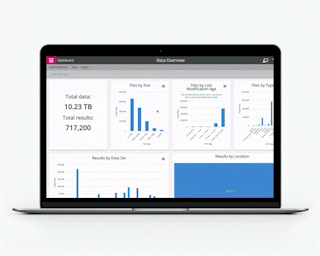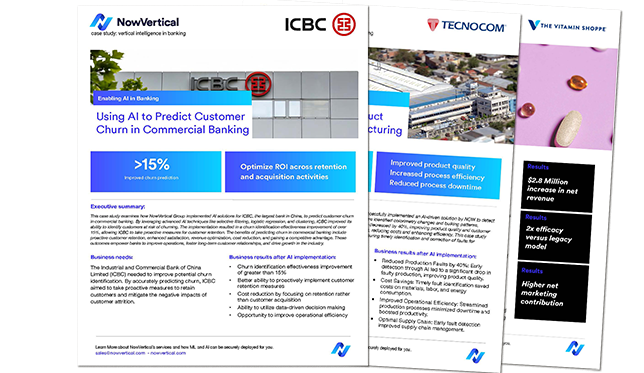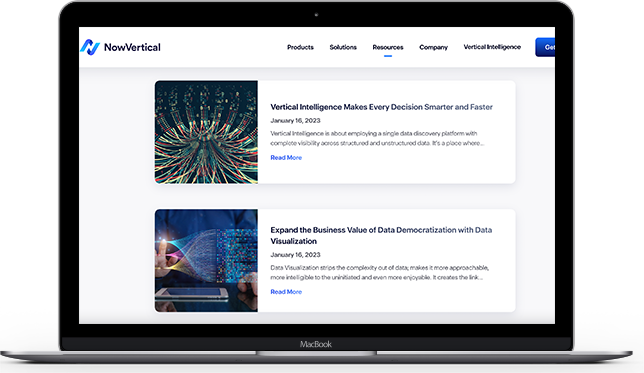September 9, 2022
An alarming 93% of organizations are considered breachable by hackers, with 71% of access points being exposed through poor credentials.
Poor data governance policy is an all too familiar story.
What isn’t familiar, is the root cause of these poor data governance policies. Perhaps we can answer this question by asking a deeper, more meaningful question.
Is there such a thing as too much data?
Yes, there most certainly is.
Too Much Data Is A Bad Thing
Having excessive data in your data warehouse means that crucial data, the bits, and bytes we actually need to make informed decisions, gets lost in the mix. In turn, this creates a nonchalant attitude toward the data itself. Instead of being seen as a tool to be used for the betterment of your organization, data governance becomes a chore that must be avoided at all costs.
This bifurcation of intent vs execution becomes one of the biggest land anchors slowing down the progress of the organization. Its drag factor is undeniable.
“You cannot possibly secure your data if you don’t know what it is!” notes former RAF Police and Chair of The SASIG – Martin Smith MBE.
The Cost Of Excessive Data
Dark data can account for up to 55% of the entire dataset of an organization. This is data being collected at such a rate, it exceeds the organization’s ability to analyze it correctly. A lot of this data is “bloatbit,” it’s unnecessary data. It’s causing everything else in the organization’s data governance policy to slow down, and in many cases cease to operate altogether.
Finding and removing it makes the relevant data that much clearer, bringing the true story of the organization into sharp relief.
“Making decisions without knowing and understanding dark data, lacks understanding and knowledge; a perilous course for any organization.” – David Hand, Dark Data: Why What You Don’t Know Matters – 2020
While it’s certainly important to keep relevant data, this data is merely cumbersome and outdated. NOW Privacy has recently helped customers identify over 1300 types of files that are obsolete, do not contain sensitive data, or do not exist as any type of record that needs to be kept. This legacy data can be removed from the dataset immediately providing the correct governance policies have been adhered to stringently.
By cutting out the ROT (redundant, obsolete, trivial), you can then secure what’s left.
The Bigger Cost
It’s important to remember that inefficient data governance also affects the cost of ownership which in turn affects ESG, as the long-term viability of the organization comes into question.
The NOW Privacy platform has the ability to sift through and remove this wasteful data, allowing better overall control over sensitive corporate data and personally identifiable information. Both of these are fundamental to keeping your organization compliant with lawmakers at home and abroad, but crucially, make it appealing to ESG-mindful investors.
This “spring clean” frees up time and space to properly allocate pertinent data as and when it is collected. The game of catch-up is finally over and we are now looking at our organizational data story in real-time.
The data governance journey starts with discovery and moves into a process of automation, then categorization, the last step is then access governance. Where most organizations are failing is trying to work backward in this process.
This is the true reason 71% of data breaches are via access credentials, the data being accessed is a burden to the user, not a gift.
Understanding that concept is the eureka moment.
Conclusion:
In short, the access governance problem will never be solved until the data that’s being accessed is considered valuable by those using it.
It starts with making the data usable in the first place.
Once we value the data we have, access to it becomes coveted, prized, perhaps even privileged.









